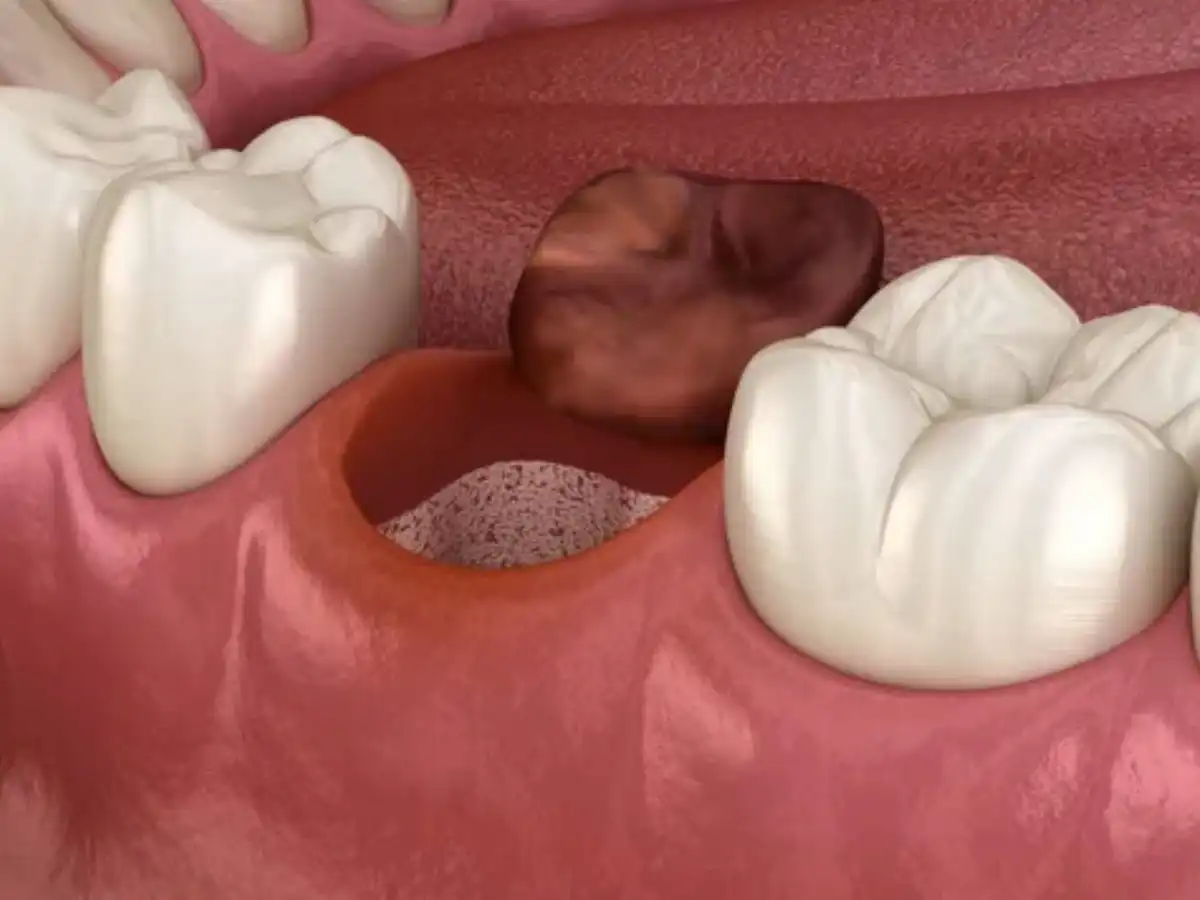How to Prevent Dry Socket After Your Wisdom Tooth Removal


If you’re one of the thousands of Americans getting your wisdom teeth taken out this year, one of the things your dentist or oral surgeon is going to discuss with you ahead of time is dry sockets.
Are Dry Sockets Common After Wisdom Teeth Removal
A typical wisdom tooth removal usually calls for about a one-week recovery time before you head back to work or school. But the pain of wisdom teeth dry sockets can delay the process by at least two weeks.
What Are Dry Sockets
There’s a big difference in pain levels when it comes to wisdom tooth dry socket vs. normal wisdom tooth removal. In the latter, some swelling and irritation are common. But with a dry socket, there can be severe discomfort that lasts for days.
Symptoms Of Dry Socket
The most common dry socket symptoms include pain and discomfort, along with a bad taste coming from that part of your mouth. You might not be able to eat because of how tender your mouth is.
With a dry socket, you tend to experience increased pain a few days after the procedure. If your discomfort is noticeably worse when you should be feeling better, you probably have a dry socket.
If you feel worse 2-3 days after a tooth extraction or your in severe pain, you could have some type of infection or dry socket. At that point, you need to see your dentist.
Dry socket Risk Factors After Wisdom Teeth Removal
After wisdom teeth removal, a dry socket is always a risk. Your dentist or oral surgeon will give you a specific protocol to follow during your recovery, addressing the risk factors. Ignoring your home care instructions can significantly increase your chances of getting a dry socket. Pay special attention to the dos and don’ts about what to eat or drink after wisdom tooth removal surgery.
We want to avoid a dry socket by letting a blood clot form to protect the tooth extraction site.
For the first two days, be extremely careful about how you clean your mouth. Anything like heavy swishing or rinsing has the potential to dislodge the blood clot from your extraction site. Your dentist might even tell you to avoid brushing the area for several days.
Treatments For Dry Sockets From Wisdom Teeth
If you’re one of the unlucky 5% of people to get a dry socket after wisdom teeth removal surgery, your dentist or oral surgeon will have you come back into the office to numb the area, clean it out, and place a medicated dressing down inside of the socket opening. This step acts as an artificial clot to protect the bone underneath and eliminate sensitivity. The medication will dissolve on its own, but dressings may have to be removed a few days later.
You might also be prescribed a special mouth rinse or DIY mouthwash to use at home. Otherwise, continue to use a lukewarm salt-water to help remove any food debris or bacteria at least a few times a day. Gently let it flow over your tooth extraction sites and then drip out of your mouth into the sink (don’t spit! The suction could dislodge your new clot.)
Managing any type of pain after oral surgery usually involves an anti-inflammatory, such as ibuprofen. But if you have a dry socket, your dentist may need to prescribe something stronger to get you through the first week of recovery. Generally speaking, most dentists try to avoid using prescription narcotics, but if you have pain from a dry socket that’s usually an exception.
Prevention Going Into A Wisdom Teeth Procedure
If you smoke, you need to stop. Smoking and tobacco use can seriously raise your chances of getting a dry socket after wisdom tooth removal.
Look over your dentist’s home care instructions ahead of the scheduled procedure. Things like drinking coffee or alcoholic beverages are all off-limits for the first several days. Knowing the “rules” can help you avoid unwanted mishaps during recovery.
Eat soft foods after your surgery and avoid hard or crunch foods for at least 2 weeks.
Dry Socket From Wisdom Teeth Removal
After wisdom teeth removal, dry socket or alveolar osteitis is a painful condition that affects up to 1 in 20 oral surgery patients (although some estimates go as high as 1 in 3). A dry socket happens when the blood clot comes out of your tooth extraction site, exposing the bone and nerves underneath. In some cases, your dentist or oral surgeon may need to go back and place medication down into it to treat your pain. Wisdom tooth dry socket vs. normal recovery times are quite different, with a typical surgery requiring about a week but dry sockets up to two weeks or more, delaying the healing process.
To prevent your chances of getting a dry socket, follow all of your dentist’s instructions, including avoiding tobacco, caffeine, alcohol, or drinking through a straw. If you have a dentist who offers PRP treatment in their office, this advanced technology can reduce your risk of a dry socket from forming.

Make your inbox smile!
Subscribe






